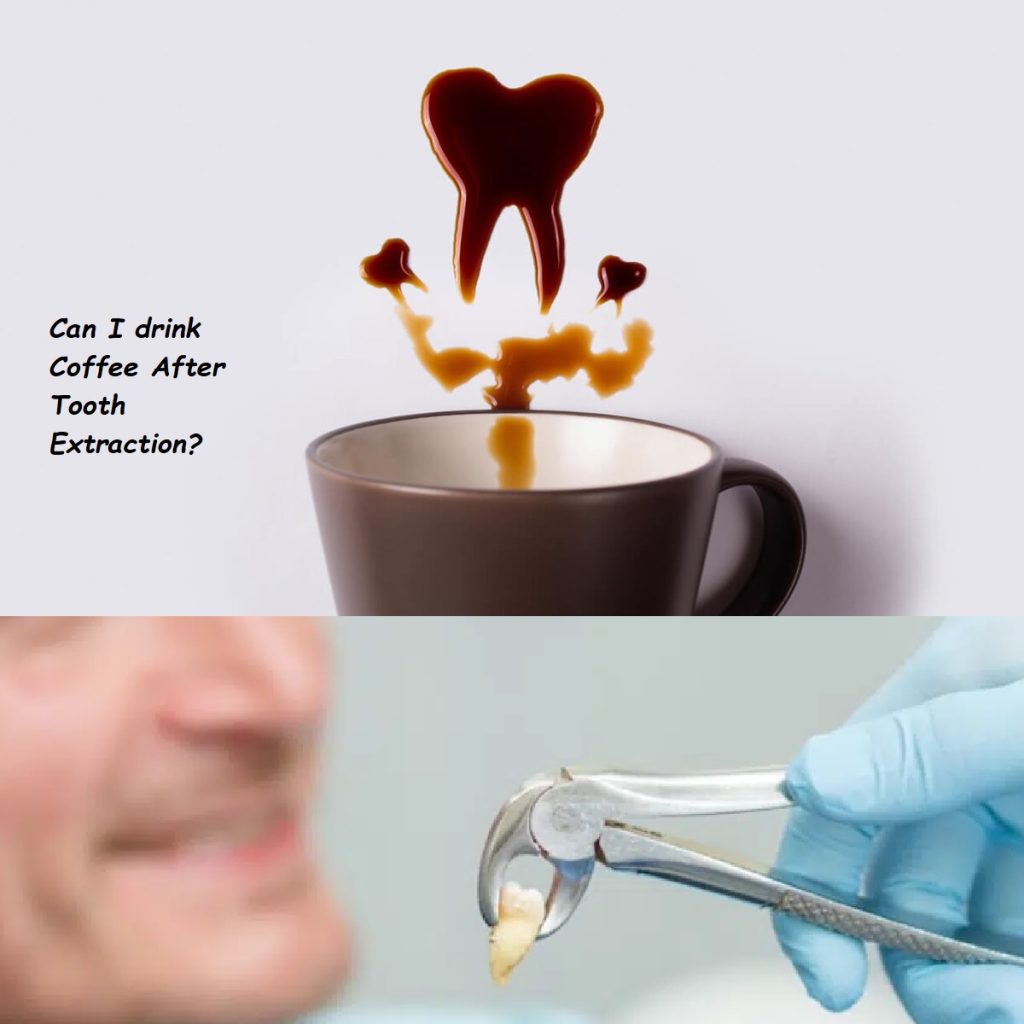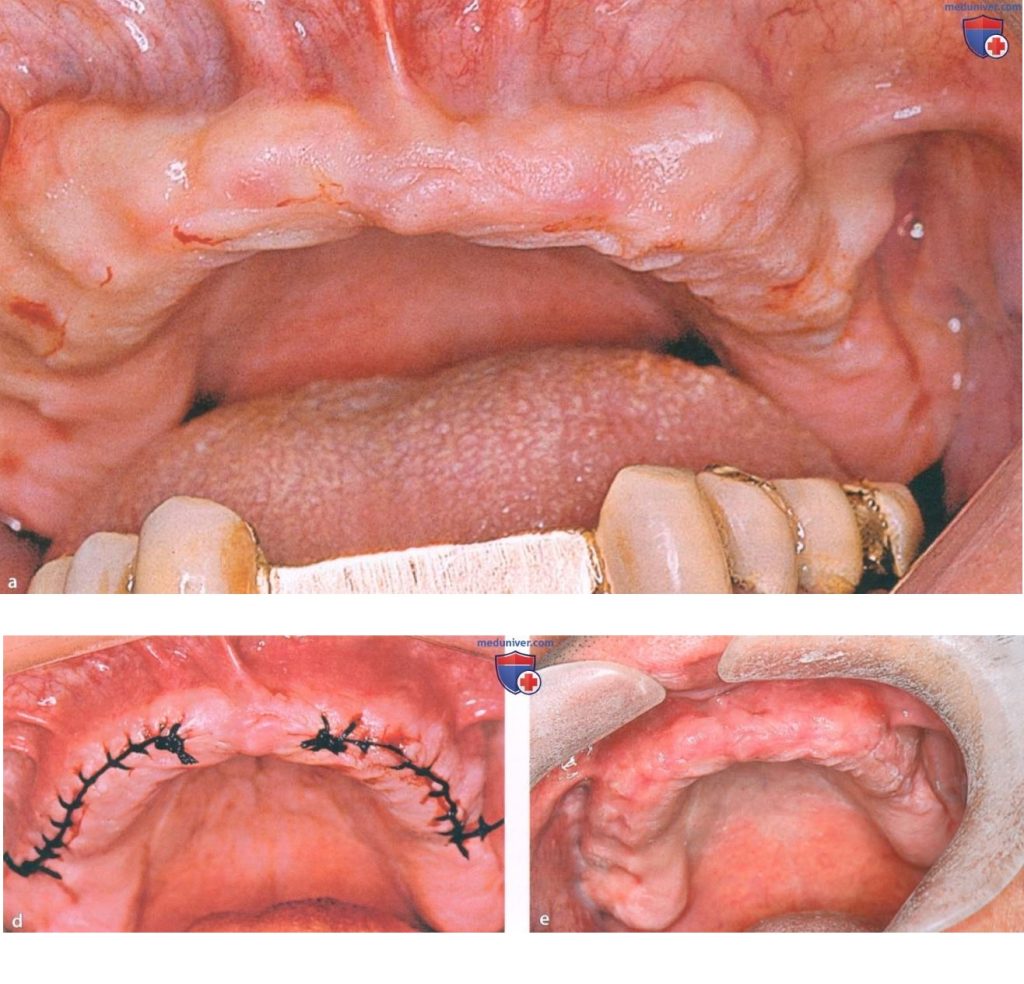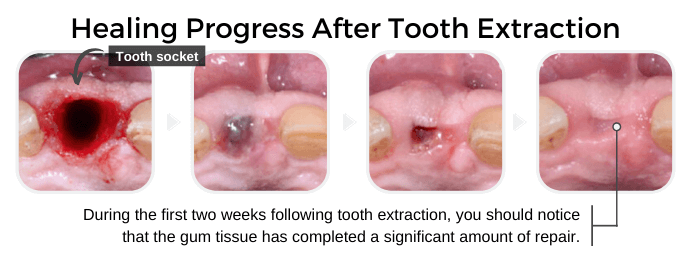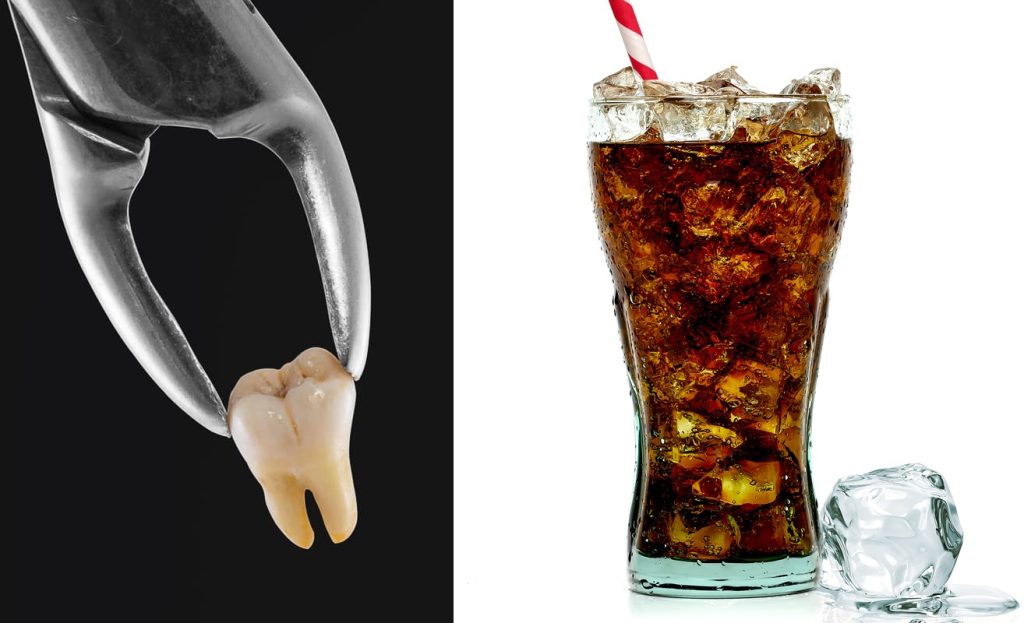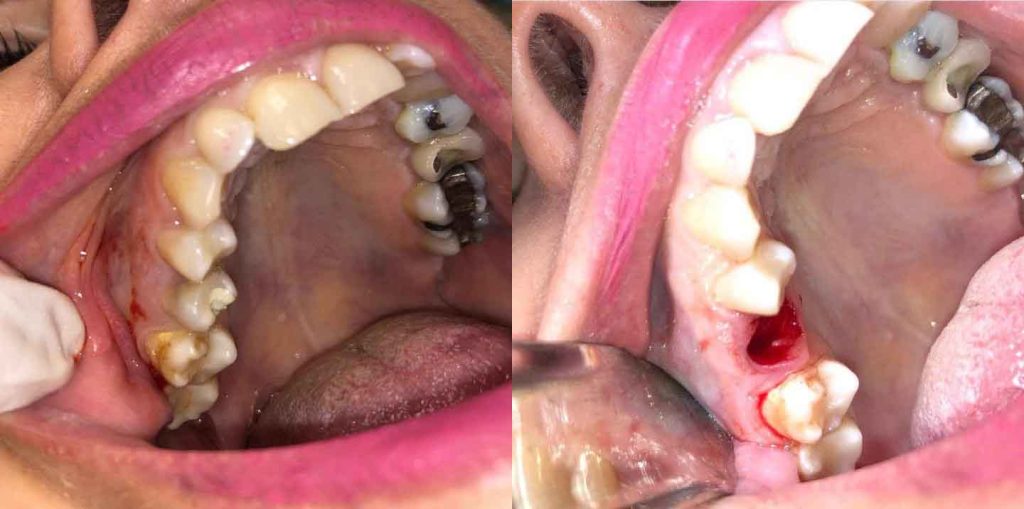do i have to get a bridge after tooth extraction
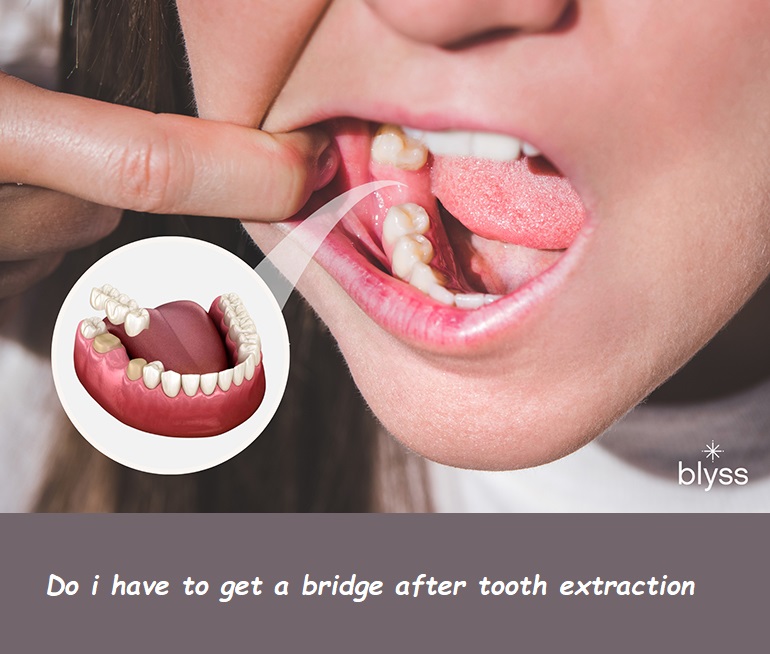
Do I Have to Get a Bridge After a Tooth Extraction? Exploring Your Options for Tooth Replacement
Undergoing a tooth extraction can be a significant dental event, and one of the most pressing questions that follow is whether you need to replace the missing tooth with a bridge. While dental bridges are a popular and effective option for restoring your smile and maintaining oral function, they’re not the only solution. The decision to get a bridge after a tooth extraction depends on various factors, including your oral health, personal preferences, and long-term goals. In this guide, we’ll explore whether you have to get a bridge after a tooth extraction, the benefits of doing so, and alternative tooth replacement options to consider.
Why Consider Replacing a Missing Tooth?
Before diving into whether a bridge is necessary, it’s important to understand why replacing a missing tooth is generally recommended. Here are some key reasons:
1. Preventing Tooth Shifting
When a tooth is extracted, the adjacent teeth may begin to shift into the empty space over time. This can lead to misalignment, bite problems, and increased risk of decay or gum disease as it becomes harder to clean between the teeth.
- Impact: Shifting teeth can alter the alignment of your bite, potentially leading to difficulties in chewing and speaking, as well as causing wear and tear on other teeth.
2. Maintaining Jawbone Health
The roots of your teeth stimulate the jawbone, helping to maintain its strength and density. When a tooth is removed and not replaced, the jawbone in that area may begin to resorb or shrink over time, leading to changes in your facial structure and potentially making future dental work more challenging.
- Impact: Jawbone resorption can cause your face to take on a sunken appearance and may limit your options for future dental implants or other restorative treatments.
3. Restoring Function
A missing tooth can make it difficult to bite and chew effectively, especially if it’s a molar or another tooth involved in grinding food. This can lead to dietary restrictions and potential nutritional deficiencies.
- Impact: Replacing the missing tooth can restore your ability to eat a wide variety of foods, improving your overall health and quality of life.
4. Enhancing Aesthetics
For many people, the appearance of their smile is a significant concern. A missing tooth, especially in the front of the mouth, can affect your self-confidence and how others perceive you.
- Impact: Restoring the missing tooth can enhance your smile and boost your confidence, helping you feel more comfortable in social and professional settings.
Do I Have to Get a Bridge After a Tooth Extraction?
The decision to get a bridge after a tooth extraction is a personal one and depends on several factors. While a bridge is a common and effective solution for replacing a missing tooth, it’s not mandatory. Your decision should be based on your oral health needs, lifestyle, and preferences. Here are some points to consider:
1. Oral Health Considerations
If you have healthy teeth on either side of the extracted tooth, a dental bridge could be a good option. The bridge uses these adjacent teeth as anchors (abutments) to support the replacement tooth (pontic), creating a stable and functional restoration.
- Consideration: If the adjacent teeth are healthy and strong, they can support a bridge. However, if these teeth are compromised or if you have other oral health issues, your dentist may recommend an alternative solution.
2. Long-Term Goals
Consider your long-term goals for your oral health. A dental bridge is a durable and relatively permanent solution, but it does require the preparation of the adjacent teeth, which involves removing some of their enamel.
- Consideration: If preserving your natural teeth is a priority, you might want to explore other options, such as a dental implant, which doesn’t require altering the surrounding teeth.
3. Cost and Insurance Coverage
Cost is often a significant factor in deciding whether to get a bridge. Dental bridges can vary in price depending on the materials used and the complexity of the procedure. Insurance coverage for bridges also varies, so it’s important to check with your provider.
- Consideration: If cost is a concern, discuss your options with your dentist. They can provide a cost estimate and help you understand what your insurance will cover.
4. Aesthetic Preferences
If the missing tooth is in a visible area, you might be particularly concerned about how the replacement will look. Dental bridges are designed to match the appearance of your natural teeth, but other options, such as implants, can offer even more lifelike results.
- Consideration: If aesthetics are a top priority, consider all your options, including how the restoration will blend with your natural teeth.
Alternatives to a Dental Bridge After Tooth Extraction
If you’re unsure about getting a dental bridge, there are several alternative options for replacing a missing tooth. Each has its own set of advantages and considerations:
1. Dental Implants
A dental implant is a popular and highly effective alternative to a dental bridge. An implant involves placing a titanium post into the jawbone, which acts as an artificial tooth root. Once the implant has integrated with the bone (osseointegration), a crown is placed on top, creating a restoration that looks and functions like a natural tooth.
- Pros: Dental implants do not require altering adjacent teeth, help maintain jawbone health, and offer a long-lasting, stable solution. Implants are also highly aesthetic, blending seamlessly with your natural teeth.
- Cons: Implants require surgery, and the process can take several months to complete. They are also more expensive upfront than bridges, though they tend to last longer.
2. Removable Partial Denture
A removable partial denture is a less permanent option that can replace one or more missing teeth. This appliance consists of a gum-colored base with artificial teeth attached, which is secured in place using clasps that attach to the adjacent natural teeth.
- Pros: Removable partial dentures are generally more affordable than bridges and implants and do not require surgery. They can be a good temporary or long-term solution, depending on your needs.
- Cons: They may not be as stable as a bridge or implant, can sometimes feel bulky, and require daily removal and cleaning.
3. Maryland Bridge (Resin-Bonded Bridge)
A Maryland bridge, also known as a resin-bonded bridge, is a conservative option that uses a metal or porcelain framework bonded to the back of the adjacent teeth to support the replacement tooth. This option is often used for front teeth.
- Pros: The Maryland bridge is less invasive than a traditional bridge, as it doesn’t require extensive preparation of the adjacent teeth. It’s a good option for replacing a single front tooth.
- Cons: It’s generally less durable than other options, especially for back teeth where more chewing force is applied.
4. Leaving the Space Empty
In some cases, patients may choose not to replace a missing tooth, particularly if it’s a back tooth or if they don’t experience significant functional or aesthetic concerns. However, this decision should be made carefully, as it can lead to long-term issues like shifting teeth and jawbone resorption.
- Pros: This is the least expensive option and doesn’t require any dental work. It may be acceptable for certain teeth, such as wisdom teeth, where replacement isn’t necessary.
- Cons: Leaving the space empty can lead to shifting teeth, bite problems, and bone loss over time. It may also impact your ability to chew and speak effectively.
The Process of Getting a Dental Bridge
If you decide that a dental bridge is the right choice for you, here’s what you can expect during the process:
1. Initial Consultation and Examination
Your dentist will first evaluate your oral health, take X-rays, and discuss your options. If a bridge is recommended, they’ll explain the procedure, the different types of bridges available, and what you can expect.
- Discussion: Your dentist will assess the health of the adjacent teeth to ensure they can support a bridge.
2. Preparation of Adjacent Teeth
To place a traditional dental bridge, the adjacent teeth (abutments) need to be prepared. This involves removing a small amount of enamel to create space for the crowns that will hold the bridge in place.
- Procedure: Your dentist will numb the area, reshape the adjacent teeth, and take impressions to create the custom bridge.
3. Temporary Bridge Placement
While your permanent bridge is being made, your dentist will place a temporary bridge to protect the prepared teeth and maintain your smile’s appearance.
- Comfort: The temporary bridge helps you chew and speak normally while waiting for the permanent restoration.
4. Final Bridge Placement
Once your permanent bridge is ready, you’ll return to the dentist’s office for placement. The temporary bridge is removed, and the permanent bridge is fitted, adjusted, and cemented in place.
- Adjustment: Your dentist will ensure the bridge fits comfortably and blends with your natural teeth.
5. Follow-Up Care
After the bridge is placed, you’ll need to follow your dentist’s instructions for care and maintenance. This includes regular brushing, flossing, and dental check-ups to ensure the bridge remains in good condition.
- Long-Term Care: Proper oral hygiene and regular dental visits are crucial for the longevity of your bridge.
Frequently Asked Questions About Dental Bridges After Tooth Extraction
Q: Is a dental bridge the only option after a tooth extraction?
A: No, a dental bridge is just one of several options for replacing a missing tooth. Alternatives include dental implants, removable partial dentures, Maryland bridges, or choosing not to replace the tooth, depending on your situation.
Q: How long does a dental bridge last?
A: With proper care, a dental bridge can last 10 to 15 years or longer. Regular dental check-ups and good oral hygiene are essential for maintaining the bridge’s longevity.
Q: Does getting a dental bridge hurt?
A: The process of getting a dental bridge typically involves local anesthesia, so you shouldn’t feel pain during the procedure. Some discomfort may occur after the preparation of the adjacent teeth, but this can usually be managed with over-the-counter pain relievers.
Q: How do I care for a dental bridge?
A: Caring for a dental bridge involves brushing twice a day, flossing daily (including under the bridge with a floss threader or water flosser), and visiting your dentist regularly for check-ups and cleanings.
Q: Can I get a dental bridge if I’ve had a root canal?
A: Yes, you can still get a dental bridge if one or both of the abutment teeth have had a root canal. In fact, a crown placed over a root canal-treated tooth can provide additional strength and support for the bridge.
Conclusion: Weighing Your Options After Tooth Extraction
Deciding whether to get a dental bridge after a tooth extraction is a significant decision that depends on your oral health needs, budget, and personal preferences. While a dental bridge is a reliable and effective solution for replacing a missing tooth, it’s not the only option available. Alternatives like dental implants, removable partial dentures, or Maryland bridges may better suit your needs, depending on your individual circumstances.
Consulting with your dentist is the best way to explore your options and make an informed decision that aligns with your long-term oral health goals. Whether you choose a bridge, an implant, or another solution, replacing a missing tooth is an important step in maintaining your smile, function, and overall oral health. By considering all factors and working closely with your dentist, you can find the best tooth replacement option for you and enjoy a restored, confident smile.



